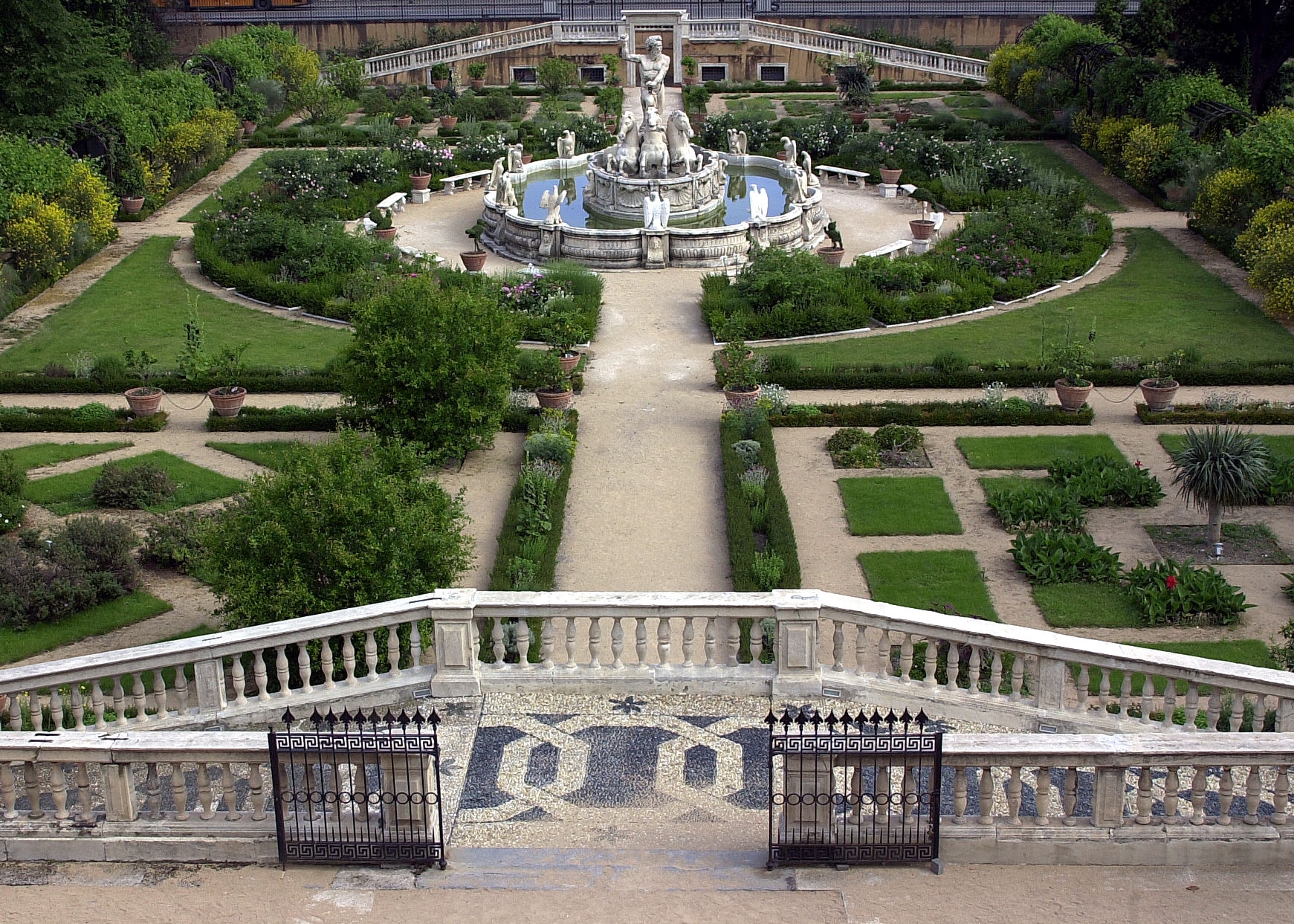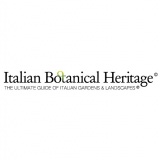
 Italian Botanical Heritage
Italian Botanical Heritage
Italian gardens: Villa del Principe, Genoa
- WTI Magazine #100 Feb 17, 2018
-

 Italian Botanical Heritage
Italian Botanical Heritage
The Prince's Villa was the residence of the only Prince Genoa has ever had. It was in 1529 when Andrea Doria, a talented admiral and legendary gunman, started the work that would lead to the construction of this marvellous palace overlooking the Gulf of Genoa, in Lguria. The place would become the prince's retreat of peace on his return from countless journeys and the home chosen for his successors: the Doria Pamphilj family.
Here, during the official visits, Emperor Charles V was hosted, the same emperor from whom Andrea Doria had managed to obtain the independence of Genoa from the empire, becoming, in fact, the lord of the city. Together with the bride Peretta Uso di Mare, Andrea Doria gave life to a large Renaissance court, which included artists such as the magnificent Perino del Vaga, who was responsible for the decoration and furnishings of most of the rooms.
The Villa was then enlarged by the successor of Andrea, Giovanni Andrea I Doria, with whom it reached its maximum splendor. Today Villa del Principe is a museum full of hidden treasures.
The Garden is not only a simple complement to the sumptuous beauty of the Genoese dwelling of the Doria Pamphilj family, but an integral part of the history of Genoa, a faithful mirror of all its transformations, from the sixteenth century to today: that is, from the time prince Andrea Doria passed through it to reach the Villa, returning from his battles.
It consists of a land sloping towards the sea, with parts designed in Italian style and courtyards designed in different periods. A first phase dates back to the sixteenth century with the design of the part in front of the south façade, followed by works by Giovanni Angelo Montorsoli and architect Giovanni Ponzello and, in the nineteenth century Filippo Andrea V had an English-style park designed towards the sea. This was followed by bombardments that partly destroyed the work and restorations aimed at re-evaluating the sixteenth-century layout of the design.
The garden is characterized by aromatic essences and flowers of all kinds, pergolas, fountains, statues and shady colonnades. The main monuments include the fountain of the Dolphins of the 16th century and that of Neptune, a large iron aviary and a cave with mosaics. Here, in honor of important guests, festivities, games and solemn shows are held here. Since then many times the garden of Villa del Principe has changed its shape, always keeping intact its double role of natural wonder and historical testimony.